What is horticultural therapy?
Plants are a human universal. Where we grow, they grow, even in the icy tundra of Siberia or the deep desert of Arizona. That growth isn’t just physical.
Looking at plants or exposing ourselves to nature, even by looking at photos, can reduce blood pressure, heart rate, pain, and boost mental health. This is passive interaction. Through active interaction, benefits can skyrocket, helping us grow like they do. That’s where horticultural therapy comes in.
Horticultural therapy is therapy involving plants—including any kind of therapy—physical, emotional, and social. Trained horticultural therapists use plants intentionally to meet the goals of those who sign up for therapy: the clients. They get to know you, help prioritize your goals, make a targeted plan, and assist whenever you need it to help you reach your goals.
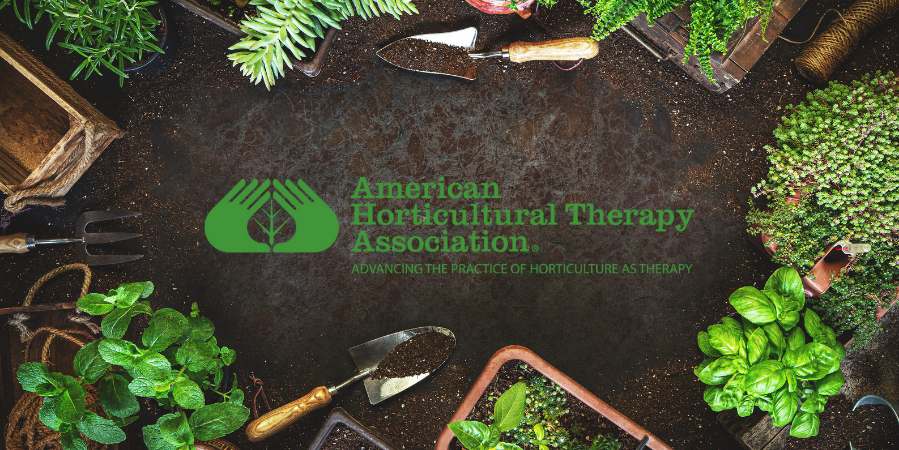
Where did horticultural therapy come from?
Even though plants have been used for thousands of years to improve mental and physical health, horticultural therapy first gained its name in 1948. In 1973, it became an accredited profession with the founding of the American Horticultural Therapy Association. During this time, it exploded as a science, with all the theories, experiments, degrees, and certifications attached, making horticultural therapy solidly evidence-based and as effective as possible.
Who is horticultural therapy for?
Everyone. Plant-based activities can be designed for people of any age, disability, or struggle. They can also be designed for those just seeking community or self-development. The possibilities are endless.
For example:
- Budgeting and garden planning activities for professional development.
- Wide, smooth paths and raised, table-like planting beds for wheelchairs users.
- Addition of sound navigation like water fountains and wind chimes for the blind.
- Weeding tools that can be used while standing for chronic back pain.
- Indoor activities for the temperature, sun, or air sensitive.
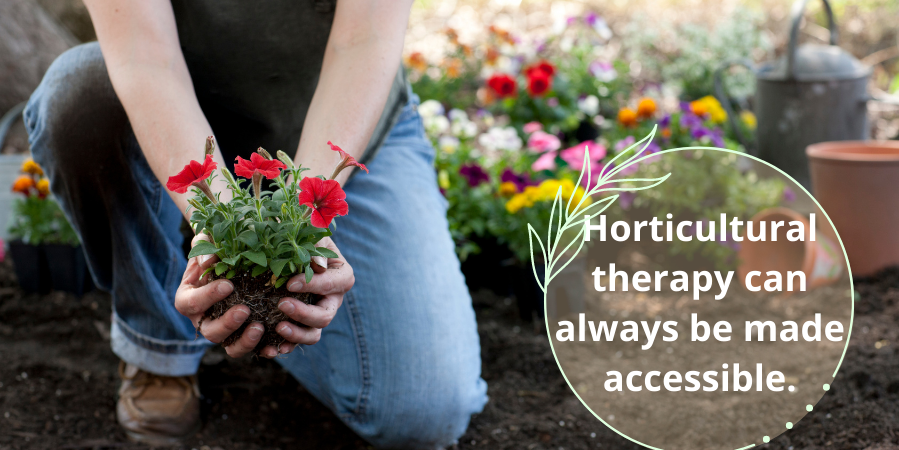
Why does horticultural therapy work?
Horticultural therapists have many theories on how horticultural therapy works, plus approaches that focus more on applying theories than the theories themselves.
You can subscribe to all of them, focus on one, or pick favorites. They all lead to the same conclusion: Life is better with plants!
- Aesthetic-affective theory says it works because humans have a natural connection with nature and instinctively respond positively to it. It also says that mental health problems can be caused by nature deprivation, which re-connection to plants and the environment can help solve.
- Attention restoration theory says it works because it helps exercise and grow attention by directing and refocusing it. For example, if you have something that’s bothering you or over-exciting you, engaging in horticultural therapy may distract you and help you practice changing your focus, which may help you gain more control over your mind.
- The activity approach is a combination of both. It focuses on the application of horticultural therapy activities, recognizing that they result in positive responses, connection, and growth of attention skills.
- The coping-communication approach says anxiety and stress decreases through the communication relationship between humans and their environment (usually plants). For example, you may recognize your own life patterns and struggles in the life patterns and struggles in a plant you care for, which may help you gain insight and acceptance.
- The ecological approach says humans are an inseparable part of the biosphere—including plants, animals, and the environment. This approach focuses on restoring health in the relationship between humans and the entire natural environment we’re part of.
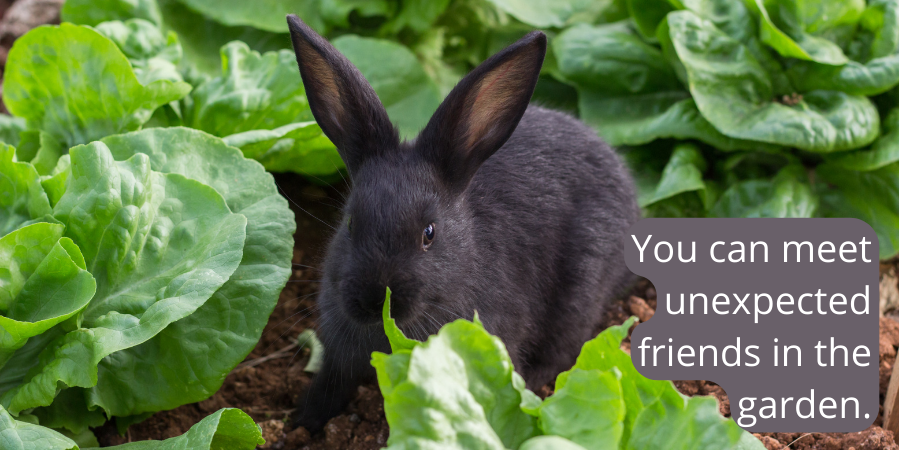
How does horticultural therapy work?
Wondering what the evidence is in the evidence-based part of horticultural therapy? Let’s look at a bit of what studies have found!
The Brain
Horticultural therapy’s effect on the brain can be profound. It can improve:
- Anxiety and depression
- Anger and frustration management
- Attention
- Brain development and function
- Emotion regulation and generation
- Following directions
- Head injury recovery
- Memory
- Problem-solving
- PTSD
- Self-care
- Sensory stimulation
- Speech and vocabulary
- Stress
- Stroke recovery
It might even be better than other occupational therapies because it engages more parts of the brain, and it can be less stressful. That includes activities like brain games and pottery painting!
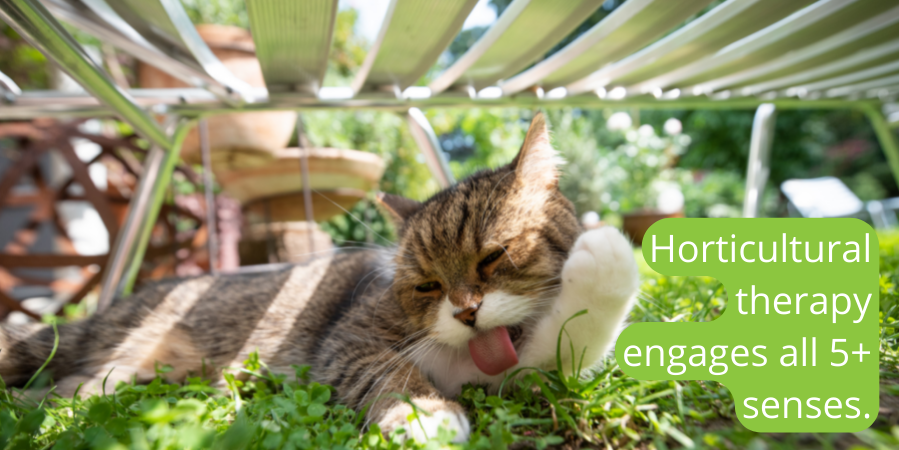
The Body
Depending on what the activity is, you might use different parts of your body and experience different effects. The physical benefits of horticultural therapy are nearly limitless. It can improve:
- Balance
- Blood pressure
- Chronic condition management
- Endurance
- Heart rate
- Injury recovery
- Mobility
- Motor skills
- Nutrition
- Pain relief
- Strength
- Vitamin D levels
Connection—Community, Environmental, and Spiritual
Horticultural therapy does more than build relationships between humans, plants, and the environment. Working with plants with other people taps into universals, transcending almost any barriers, from socioeconomic status to language and ability level. Offering food, flowers, or assistance is universally understood, and strengthen community relationships.
In experimental programs, horticultural therapy reduced conflict among participants, even outside the program. Feelings of involvement, friendship, value, and belonging increased for all ages and struggles. Social benefits even exist when only the therapist and client are involved.
It’s suspected that the cooperative communication and actions necessary to garden help this happen. Environmental enrichment also helps. There’s a lot more things to talk about in the richness of a natural environment than an indoor room that neither lives nor gives much adventure opportunity, after all!
It can even benefit the relationship between you and yourself. Increasing your connection to the environment can be spiritually beneficial and may even increase a sense of life balance.
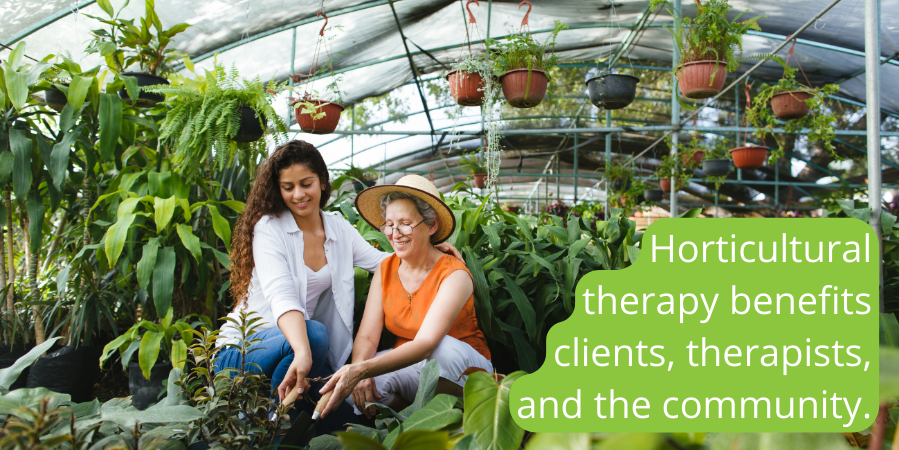
What does a horticultural therapy activity look like?
Anything concerning plants can be a horticultural therapy activity, as long as it supports your goals. For a physical goal, you might join a program that teaches how to garden as a hobby over several weeks. For a mental health goal, you may be advised by a horticultural therapist to relate a plant’s life cycle to the human life cycle as you care for it, thinking about its struggles, beauty, fragility, resilience, and need for care. For a social goal, you might join a group gardening program where a horticultural therapist helps you reach your goals as a group, focusing on group cohesion and action.
These are just examples. Horticultural therapy is extremely flexible, and therapists will always tailor the program to individual goals and needs. Again, horticultural therapy is always accessible!
Where can you get horticultural therapy?
It’s often difficult to find. Despite its massive range of benefits, inexpensiveness to run, enjoyability which keeps clients coming back for more, and benefits that spill over into the lives of therapists, the community, and the environment, it’s far rarer than it could be.
If it’s available, you’re most likely to find it anywhere green things are. It’s usually offered in:
- Community gardens
- Farms
- Green spaces
- Greenhouses
- Occupational therapy clinics
- Private gardens
It’s also sometimes offered in:
- Hospices
- Hospitals
- In-patient units
- Prisons
Where there’s a will, there’s a way with horticultural therapy. Some plants even grow in cement cracks, after all!
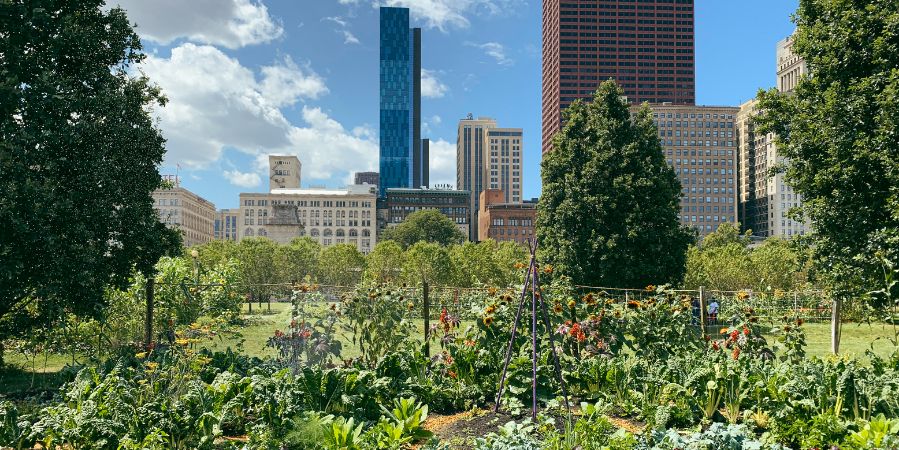
Can horticultural therapy be done at home?
Technically, horticultural therapy can’t be done at home because it’s therapy. Therapy involves a therapist evaluating a client, helping them prioritize goals, creating a program tailored to their needs, following their progression, and assisting when necessary. A horticultural therapist will also be an expert in horticultural knowledge, prepared to help at every step of the way. Unless you can find a horticultural therapist who makes home visits, physically or over Zoom, getting the full benefits of horticultural therapy is highly unlikely!
However, horticultural therapists and horticultural therapy in general is rare and hard to find. So, we might as well steal all the knowledge and techniques we can to get some portion of the benefits of horticultural therapy. Look out for horticultural therapy techniques you can steal for use at home!
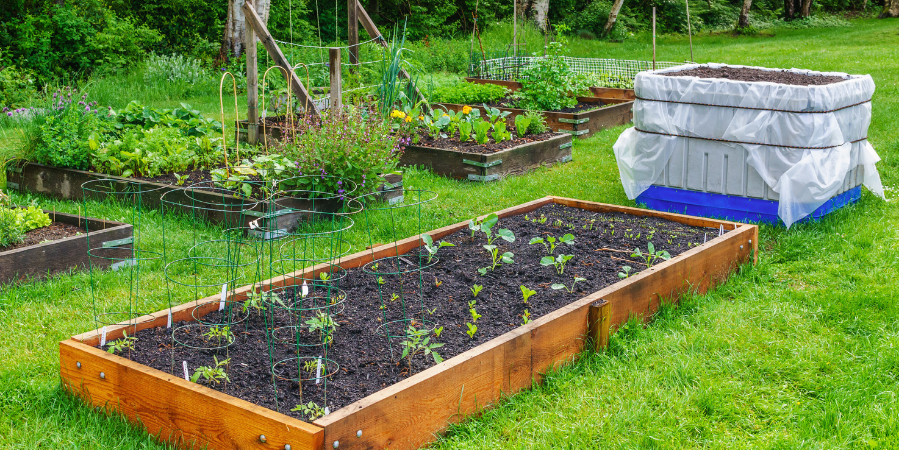
Sources:
Baker, L. (2009). Nature’s Pervading Influence: A therapy of growth. International Journal of Disability, Development & Education, 56(1), 93–96. https://doi-org.gotoltc.idm.oclc.org/10.1080/10349120802682091
Chiumento, A., Mukherjee, I., Chandna, J., Dutton, C., Rahman, A., & Bristow, K. (2018). A haven of green space: learning from a pilot pre-post evaluation of a school-based social and therapeutic horticulture intervention with children. BMC Public Health, 18(1), 836. https://doi-org.gotoltc.idm.oclc.org/10.1186/s12889-018-5661-9
Detweiler, M. B., Self, J. A., Lane, S., Spencer, L., Lutgens, B., Kim, D.-Y., Halling, M. H., Rudder, T. C., & Lehmann, L. P. (2015). Horticultural therapy: a pilot study on modulating cortisol levels and indices of substance craving, posttraumatic stress disorder, depression, and quality of life in veterans. Alternative Therapies in Health and Medicine, 21(4), 36–41.
Greenewald, P. (2015). Horticultural Therapy. American Rose, 43(3), 34–36.
Morita, Y., Ebara, F., Morita, Y., & Horikawa, E. (2018). Increased activity in the right prefrontal cortex measured using near-infrared spectroscopy during a flower arrangement task. International Journal of Psychiatry in Clinical Practice, 22(1), 34–39. https://doi-org.gotoltc.idm.oclc.org/10.1080/13651501.2017.1366527
Planting To Heal. (2018). American Nurseryman, 218(2), 19–23.
Rebecca L. Haller, & Christine L. Capra. (2017). Horticultural Therapy Methods : Connecting People and Plants in Health Care, Human Services, and Therapeutic Programs, Second Edition: Vol. Second edition. CRC Press.
Sandel, M. H. (2004). Therapeutic Gardening in a Long-Term Detention Setting. Journal for Juvenile Justice Services, 19(1/2), 123–131.
Verra, M. L., Angst, F., Beck, T., Lehmann, S., Brioschi, R., Schneiter, R., & Aeschlimann, A. (2012). Horticultural therapy for patients with chronic musculoskeletal pain: results of a pilot study. Alternative Therapies in Health and Medicine, 18(2), 44–50.
Vibholm, A. P., Christensen, J. R., & Pallesen, H. (2020). Nature-based rehabilitation for adults with acquired brain injury: a scoping review. International Journal of Environmental Health Research, 30(6), 661–676. https://doi-org.gotoltc.idm.oclc.org/10.1080/09603123.2019.1620183
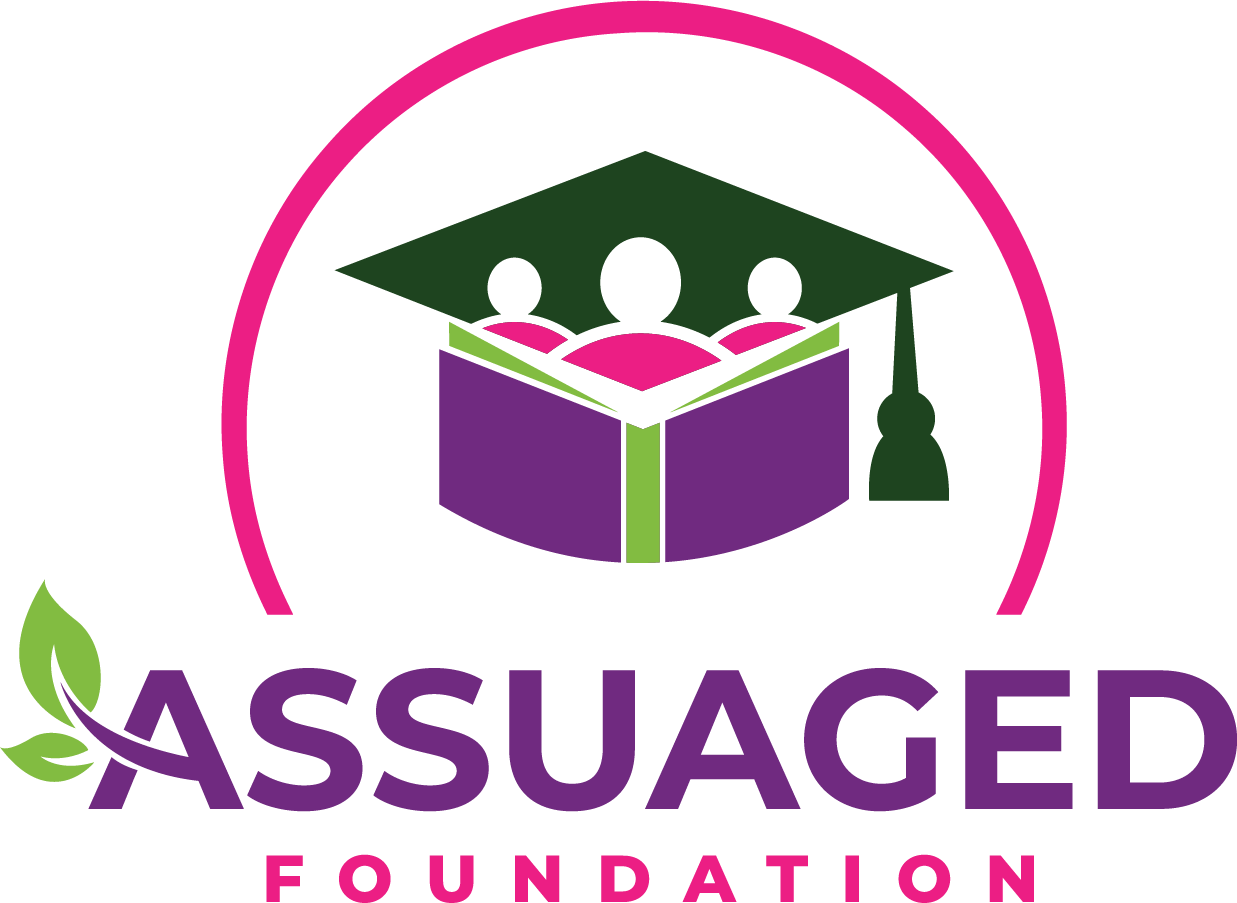







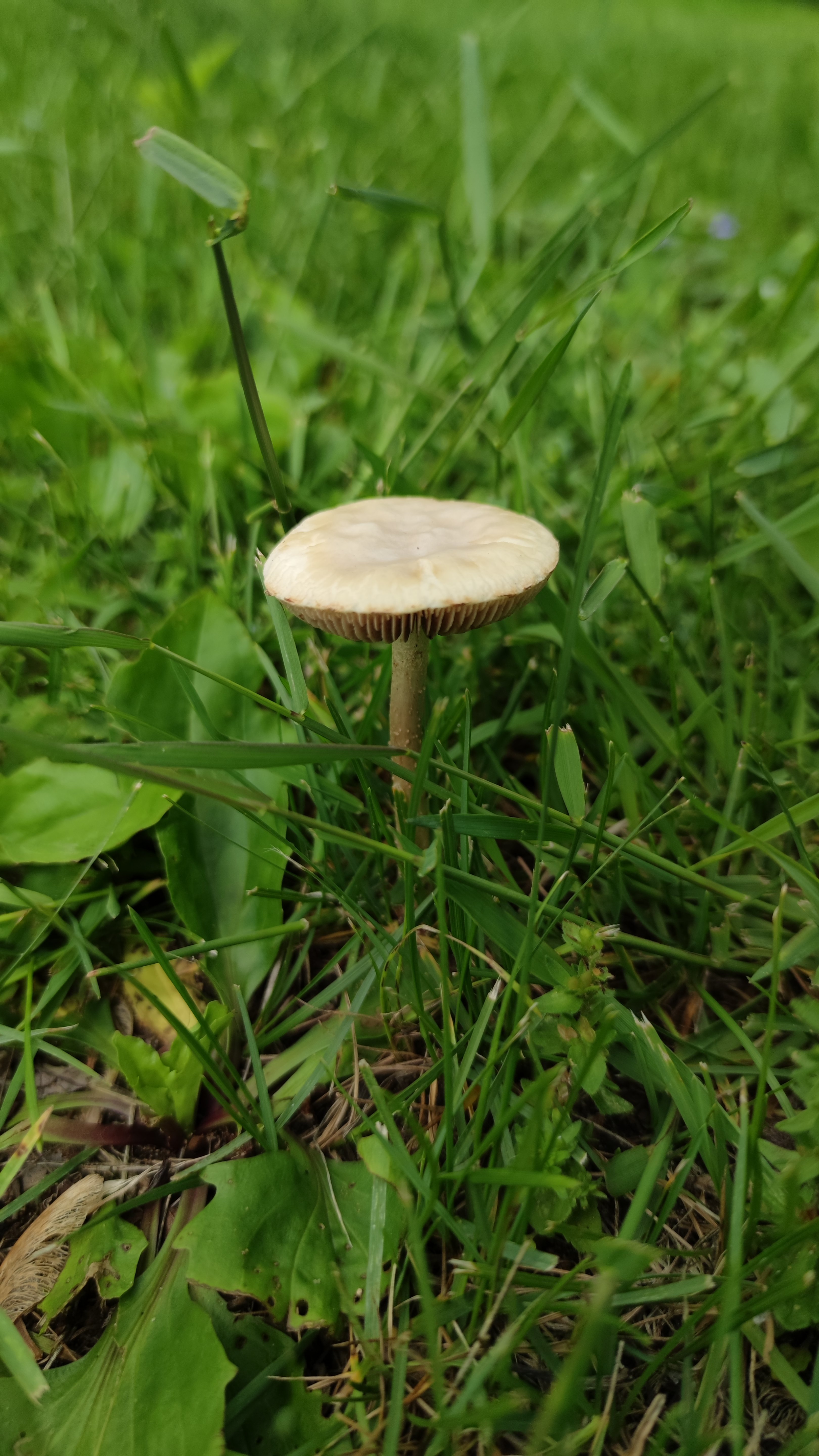







.png)